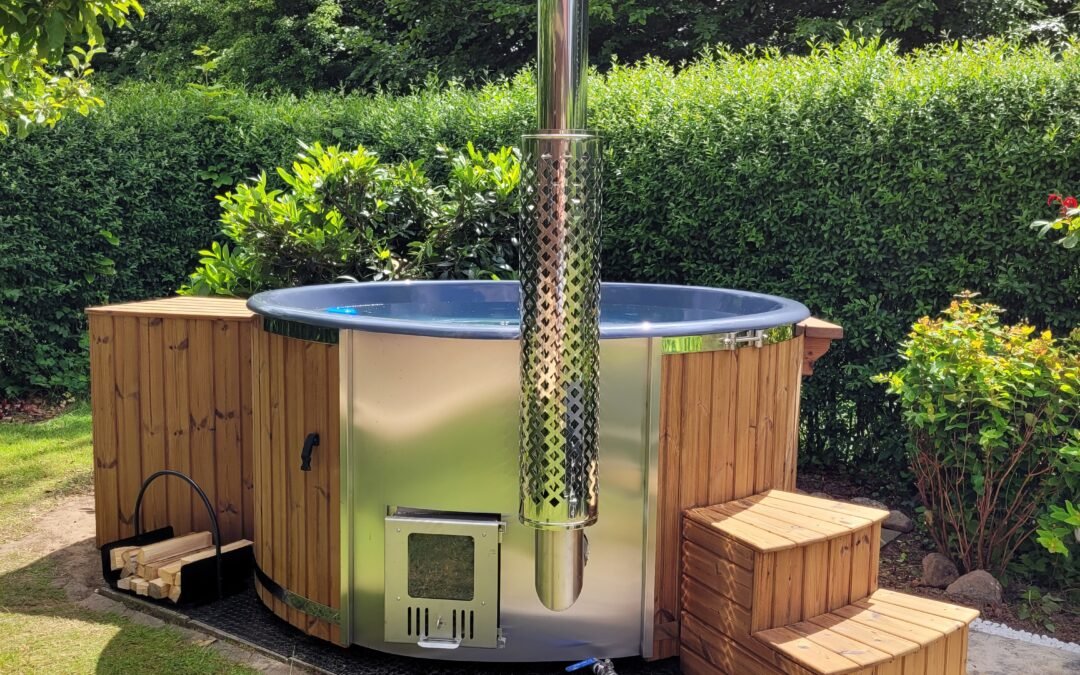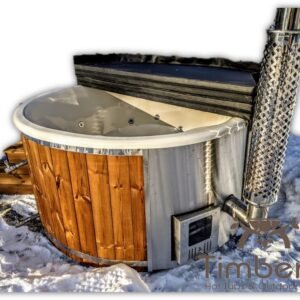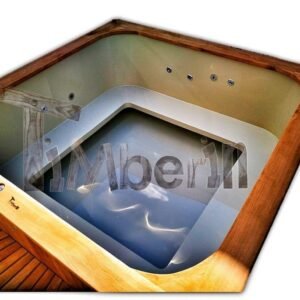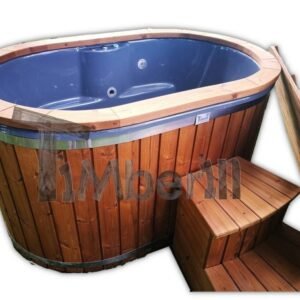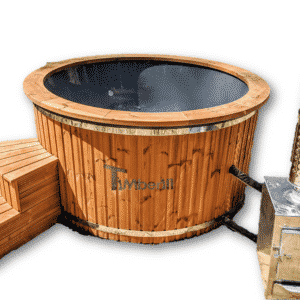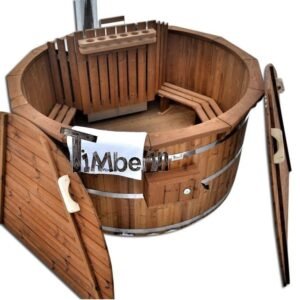Hot tubs have become a popular addition to many homes, offering a relaxing and therapeutic experience right in your own backyard. However, one common concern among potential hot tub owners is the cost of operating these luxurious amenities. In particular, many individuals wonder: are hot tubs expensive on electricity?
The answer to this question depends on various factors, including the size and efficiency of the hot tub, local electricity rates, and personal usage patterns. Let’s explore these factors in more detail to better understand the potential expenses associated with hot tubs on electricity.
Best Selling Models
-
20% OFF!
Log Burner Hot Tub with Jets – TimberIN Rojal
From: €4,427From: €3,689 -
Spacious!
Square rectangular hot tub
From: €2,229 -
For 2 persons!
2 Person Hot Tub Wood Fired
From: €1,710 -
External burner
Wood heated Hot Tub
From: €2,199 -
Wooden thermo
Barrel Wooden Hot Tub Deluxe thermowood
From: €2,743 -
Square model
Hot Tub Square 2.2×2.2 m
€4,108
Size and Efficiency
One of the primary factors influencing the cost of operating a hot tub on electricity is its size and efficiency. Larger hot tubs with more jets and features typically have higher energy consumption. Additionally, older models may not be as energy-efficient as newer ones, leading to increased electricity costs. When considering purchasing a hot tub, it’s essential to research and select a model that is known for its energy efficiency to help minimize long-term expenses.
Electricity Rates
Another significant factor in determining the expense of operating a hot tub on electricity is the local electricity rates. Electricity prices can vary greatly depending on your geographic location, which can directly impact your monthly electricity bill. It’s advisable to contact your utility provider to inquire about the current electricity rates in your area and factor this into your decision-making process.
Personal Usage Patterns
Your personal usage patterns play a crucial role in determining the overall cost of operating a hot tub on electricity. The frequency and duration of hot tub usage can significantly impact your electricity bill. If you plan to use your hot tub frequently and for extended periods, you can expect higher energy costs. However, if you use it sparingly or follow energy-saving practices, such as reducing the temperature when not in use, you can effectively manage and lower your electricity expenses.
Tips for Reducing Hot Tub Energy Costs
While hot tubs do require electricity to operate, there are several strategies you can implement to help reduce energy costs:
- Invest in a well-insulated hot tub: Proper insulation can help retain heat, reducing the energy required to maintain the desired temperature.
- Use a hot tub cover: When not in use, always keep your hot tub covered to prevent heat loss and save on energy.
- Opt for energy-efficient models: Look for hot tubs with energy-efficient features, such as programmable timers and efficient heating systems.
- Consider off-peak electricity rates: Inquire with your utility provider about any off-peak electricity rates, which may offer discounted pricing during specific hours.
- Regular maintenance: Keeping your hot tub well-maintained can optimize its performance and ensure it operates efficiently, thereby reducing energy consumption.
Conclusion
While hot tubs do require electricity to operate, the expense of running them on electricity can vary depending on factors such as size, efficiency, electricity rates, and personal usage patterns. By considering these factors and implementing energy-saving practices, you can effectively manage and minimize the costs associated with operating a hot tub on electricity. So, if you’ve been wondering whether hot tubs are expensive electric, the answer is that it ultimately depends on your specific circumstances and choices.

